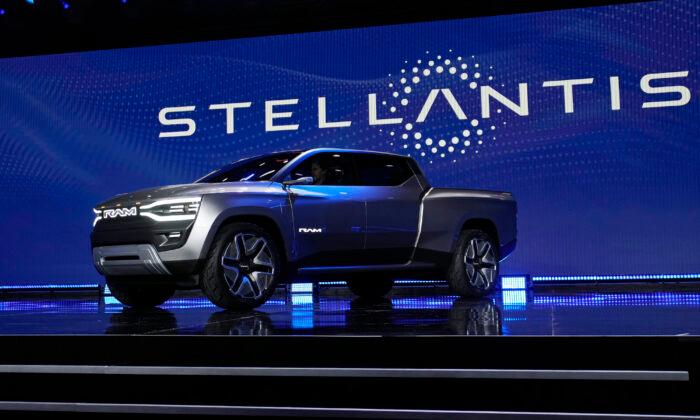Carmaker Stellantis has stopped stocking gasoline vehicle models of its Jeep Wrangler brand in many states following stringent emission standards passed in the regions.
Stellantis is no longer allocating gasoline-only Jeep Wrangler models to dealerships in the 14 states that follow emission guidelines set by the California Air Resources Board (CARB), according to a June 16 report by Automotive News. The company ships gas Wranglers based on an order-to-order basis if a customer specifically requests the model. Stellantis’s decision to limit gasoline-only Wranglers in CARB states began around two months back.
In April, the automaker informed dealers that states following CARB emission rules were enforcing stricter greenhouse gas standards retroactively to vehicles from the 2021 model year. “The communication to our dealers simply acknowledges the reality that we may need to adjust vehicle allocations among the California and Federal states to ensure that Stellantis complies with different standards in the California states,” the company said in a statement, according to the outlet.
Stellantis is not part of a 2020 agreement that CARB signed with five other vehicle manufacturers—Ford, Honda, BMW, Volvo, and Volkswagen. The agreement, which applies to the 2021–2026 model years, allows the five automakers to comply with CARB emission standards based on the average emission of vehicles sold across the country.
Emissions Standards
The CARB emissions standards signed by Ford, Honda, BMW, Volvo, and Volkswagen in 2020 require these companies to reduce the amount of carbon dioxide produced by their vehicles per mile by about 17 percent by model year 2026.For small cars, emissions are to drop from 157 grams per mile (g/m) in 2021 to 130 g/m in 2026. For large cars, emissions are to fall from 215 g/m to 178 g/m, for small light trucks from 195 g/m to 162 g/m, and for large light trucks from 335 g/m to 278 g/m.
The automakers can also secure credits from CARB when they introduce new emission reduction technologies as well as for selling more PHEVs, electric vehicles, and fuel cell vehicles.
Banning Gas Vehicles
CARB is also seeking to entirely ban the sale of gas-fueled vehicles in California. In August last year, CARB voted on the Advanced Clean Cars II Act which requires that 35 percent of vehicles manufactured in 2026 and sold in the state be “zero emission,” a requirement that rises to 100 percent by 2035.After 2035, only gas-fueled vehicles manufactured prior to the year will be allowed on the road. Plus, one-fifth of new vehicle sales can be plug-in hybrids, while the remainder must be all-electric.
However, vehicle manufacturers have opposed the move. On May 26, the American Fuel and Petrochemical Manufacturers, made up of 450 U.S. companies that manufacture fuel and petrochemicals, asked the Biden administration to reject CARB’s request.
The request is “an unprecedented move that will deny millions of Americans the ability to choose for themselves the types of cars or trucks they want to drive,” they said in a letter.
“And I don’t think you can generate enough power for a state like California based on solar and wind. So in the end, it’s self-defeating.”





